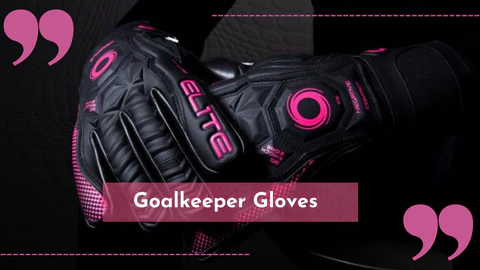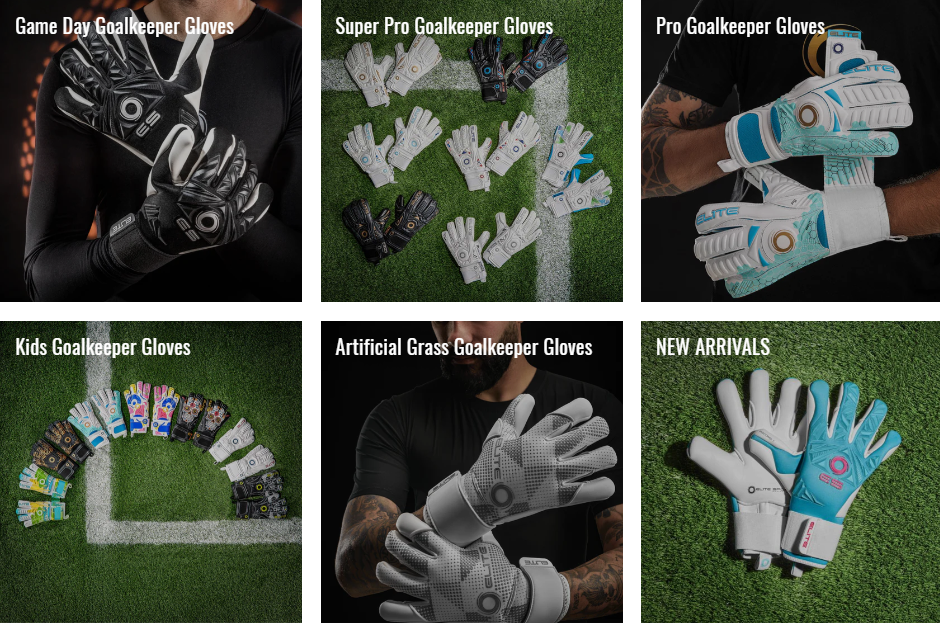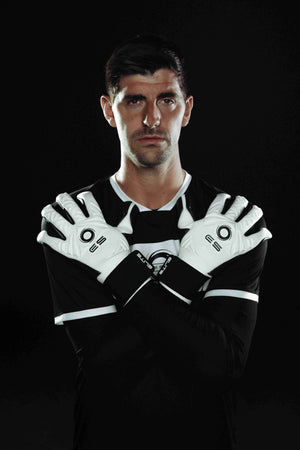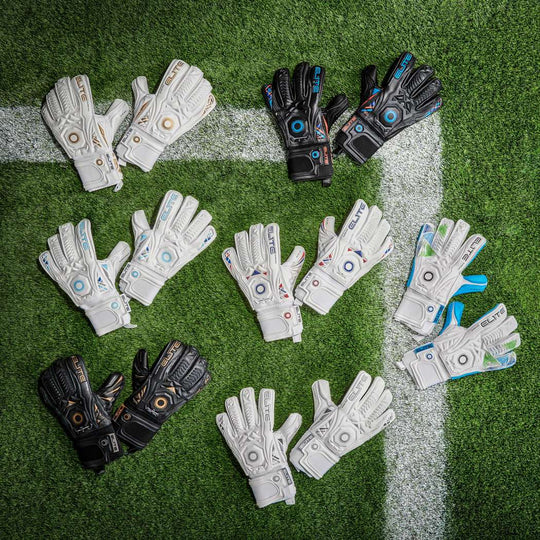Football Protective Gear: Essential Equipment Every Player Needs for Safety and Performance

Strong 8k brings an ultra-HD IPTV experience to your living room and your pocket.
Why Football Safety Should Never Be an Afterthought
Football is a fast-paced, physical sport that demands strength, agility, and split-second decisions. But with its intensity comes risk. Whether you’re playing in a casual league or competing professionally, the right football protective gear is essential. It’s not just about avoiding bruises—this equipment is designed to prevent serious injuries that could sideline you for a season or more.
Today’s gear isn’t bulky or outdated. Thanks to advancements in design and materials, modern protective gear is lightweight, breathable, and built for high performance.
The Core Elements of Football Protective Gear
To stay safe and play at your best, there are several key pieces of gear every footballer should wear. Here's what should always be part of your match day or training kit:
- Shin Guards: These are arguably the most critical piece of football protective gear. Shin guards protect your lower legs from tackles, studs, and stray kicks—common hazards in the game.
- Ankle Guards: Ankle injuries are common, especially in youth and amateur football. Ankle guards or built-in ankle protection in shin pads help stabilize joints and absorb impact.
- Mouthguards: Though not always required, a properly fitted mouthguard can prevent dental injuries and even reduce the risk of concussions during accidental collisions.
- Padded Goalkeeper Gear: For goalkeepers, football protective gear includes padded jerseys and shorts, knee pads, and finger-save goalkeeper gloves to prevent finger hyperextension and absorb impact when diving or punching the ball.
- Compression Gear with Padding: Many players wear compression shirts or tights that include built-in padding around the ribs, hips, or thighs. This helps reduce soreness from falls and provides extra protection without compromising mobility.
How the Right Gear Enhances Performance
It’s not just about staying safe—wearing the proper football protective gear can actually improve how you play. Feeling protected allows you to commit fully to tackles, challenges, and aerial duels without second-guessing yourself. Confidence in your gear leads to confidence on the field.
For example, a goalkeeper diving for a low shot doesn’t have time to worry about landing hard on turf. Padded gear absorbs that shock, helping them focus entirely on making the save. Similarly, a midfielder sprinting through tackles with shin guards and compression sleeves is less likely to be slowed down by contact.
Tailoring Your Gear to Your Position
Not all gear needs are the same. Different positions demand different types of football protective gear:
- Defenders: Need solid shin guards and ankle protection due to frequent tackles.
- Midfielders: Prefer lightweight, slim shin guards and compression gear for mobility.
- Forwards: Often wear minimal but snug gear to stay agile while still protected.
- Goalkeepers: Require specialized gloves, padded clothing, and protective bottoms for high-impact movements.
Understanding your role helps you choose the gear that complements your style and keeps you protected during play.
The Evolution of Football Protective Gear
Decades ago, footballers wore minimal protection—often just socks over a pair of flimsy shin pads. Today, football protective gear has evolved dramatically thanks to advancements in sports science and material engineering.
Modern gear uses EVA foam, carbon fiber, gel padding, and other advanced materials to strike the perfect balance between protection and performance. Ventilated designs and moisture-wicking fabrics keep players cool and dry, even during intense matches.
Some brands even offer custom-molded gear for a precise fit, ensuring optimal protection without extra weight or discomfort.
Caring for Your Protective Gear
To keep your equipment performing at its best, regular maintenance is a must. After each match or training session:
- Wipe down shin guards and padding with a damp cloth.
- Air dry gloves, jerseys, and compression gear to prevent odor and bacteria buildup.
- Avoid leaving gear in closed bags for long periods, especially when wet.
- Inspect items frequently for wear and tear, replacing them when they lose effectiveness.
- Clean, well-maintained football protective gear lasts longer and provides better defense when it counts.
Why Every Footballer Should Take Gear Seriously
Injuries can be unpredictable—but prevention is always within reach. Whether you’re a weekend warrior or an aspiring pro, investing in the right football protective gear can mean the difference between walking off the pitch and being carried off it.
It’s not about fear—it’s about being smart. Gear up correctly, and you give yourself the freedom to play hard, stay healthy, and enjoy the game without setbacks.
Final Thoughts: Protection Is Performance
Football isn’t just a game of goals and assists—it’s also about endurance, resilience, and readiness. Proper football protective gear is more than just a layer of safety—it’s your armor. It lets you push harder, dive bolder, and play smarter.
So next time you lace up your boots, take a few extra minutes to check your gear. With the right protection, you can step onto the pitch knowing you’re covered—literally and figuratively—for whatever the game throws your way.
Note: IndiBlogHub features both user-submitted and editorial content. We do not verify third-party contributions. Read our Disclaimer and Privacy Policyfor details.







